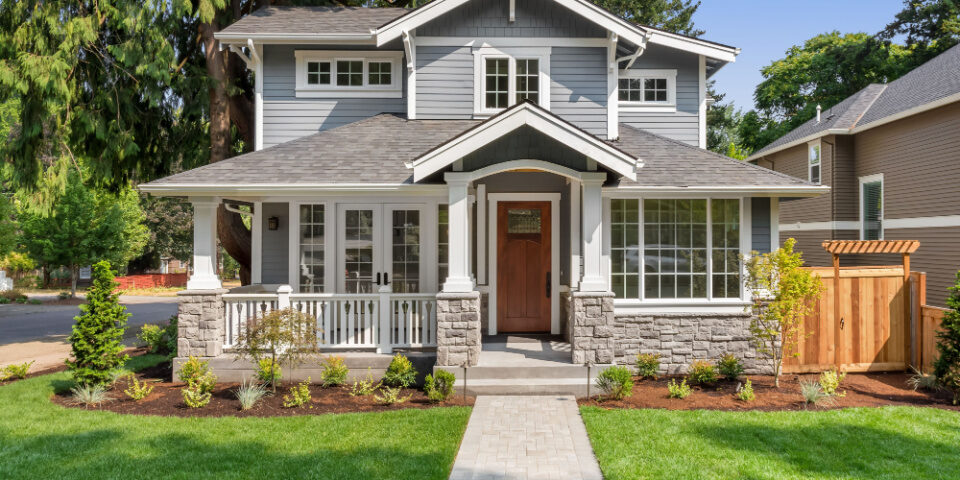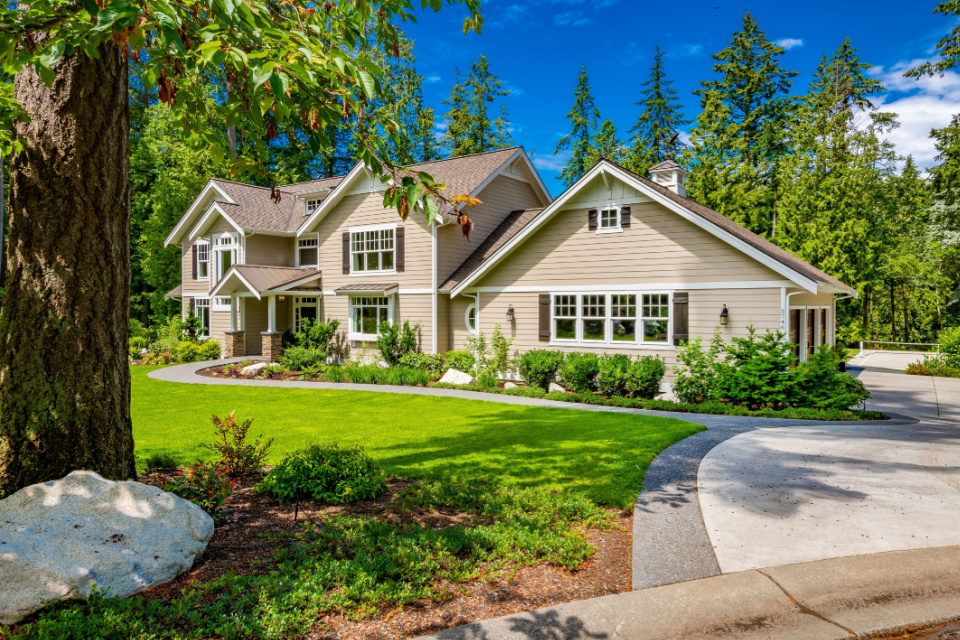
Designing for the Slopes
11/15/2023
Unique Architectural Details From Climate And Geographical Challenges
11/15/2023Brisbane is the capital of the Australian state of Queensland, known for its cultural diversity and pleasant climate. The city’s architectural styles are rich and colorful, showing a perfect blend of traditional and modern elements. This article looks at the uniqueness of Brisbane’s architectural style, including its evolution, which includes elements of European tradition, modernism and more.
Brisbane’s architectural style is heavily influenced by European heritage. Although the city is relatively young, we can see the inheritance of many ancient architectural styles in its architectural design. One of the most iconic styles is the Victorian style. These buildings often feature exquisite retro decoration, reflecting the architectural style of the late 19th century.
These Victorian-era buildings bear witness to the history of Brisbane’s historic districts. The architects used craftsmanship and historical elements to give these buildings a unique charm. Over time, these buildings continue to become focal points of the urban landscape, attracting visitors and residents alike.
In addition, Brisbane also retains some traditional Australian architectural styles, such as Queensland style. This style focuses on ventilation and natural light and is characterized by tall wooden balconies and carved details. This makes the building more livable during the hot summer months while showing sensitivity to the local climate and environment.
Brisbane’s architectural style evolved over time and incorporated the influence of Modernism. Modernist architecture emerged in the mid-20th century and is known for its simple, abstract forms and emphasis on function. In Brisbane, modernist architecture is often reflected in business districts and urban renewal projects.
Some iconic skyscrapers, such as the towering urban sculptures, integrate modernist ideas into the city skyline. Buildings often use modern materials such as glass, steel and concrete, giving them a smooth and abstract appearance. The building not only conforms to the traditional architectural style in form, but also reflects the characteristics of Brisbane as a modern city.
The evolution of Brisbane’s architectural styles is a complex process that reflects the city’s social, cultural and economic changes. At the end of the 19th century and the beginning of the 20th century, traditional European styles dominated. During this period, the city continued to develop, and Victorian architecture came to the fore, giving the city a unique historical atmosphere.
In the mid-20th century, as Australia’s economy recovered, modernist architecture began to appear in cities. During this period, urban development continued to progress, and high-rise buildings sprung up like mushrooms after a rain, giving the city modern vitality. The simplicity of modernism has become a symbol of the new generation of cities, representing the yearning for the future and the spirit of innovation.
Entering the 21st century, Brisbane’s architectural styles have become more diverse. Architects began to explore unique design concepts, combining traditional and modern elements to create more creative and individual buildings. This diverse trend has shaped Brisbane’s architectural landscape and attracted attention from around the world.
Brisbane’s architectural style reflects the city’s rich historical heritage and relentless pursuit of the future. Traditional European architectural styles are combined with modern innovative elements to create a unique and diverse urban architectural landscape. It is the evolution of this architectural style that makes Brisbane a historic and modern city that is visited and enjoyed by people from all over the world.




